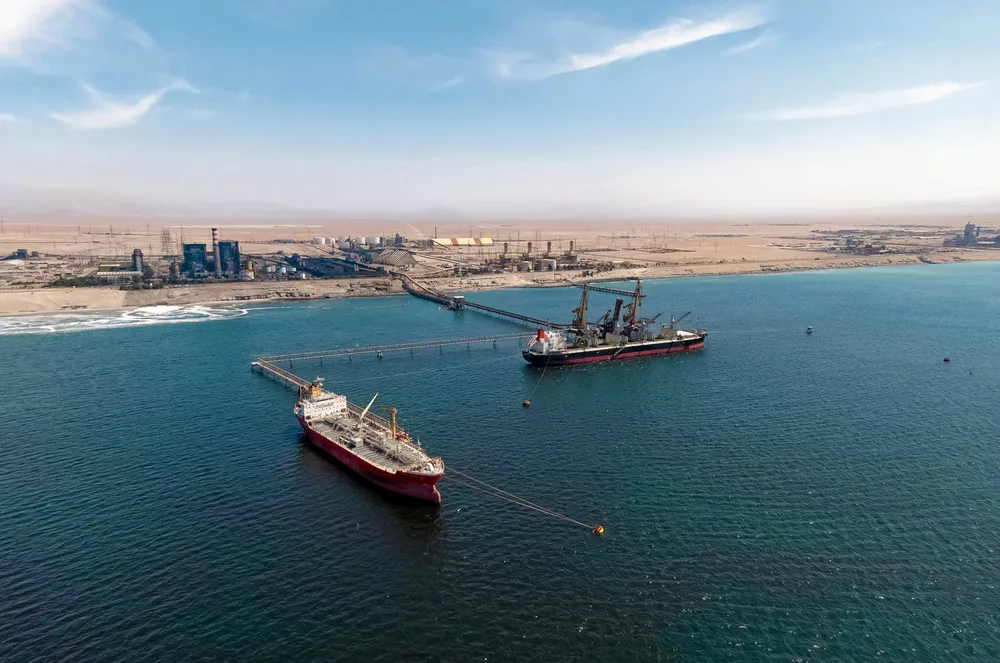American investors' multi-billion-dollar green hydrogen and ammonia plant in Chile seeks approval
The Volta project aims to draw on high solar power potential in the Atacama Desert to power cheap renewable NH3 production at the port city of Mejillones
